5 Important Factors For Choosing a Thermometer
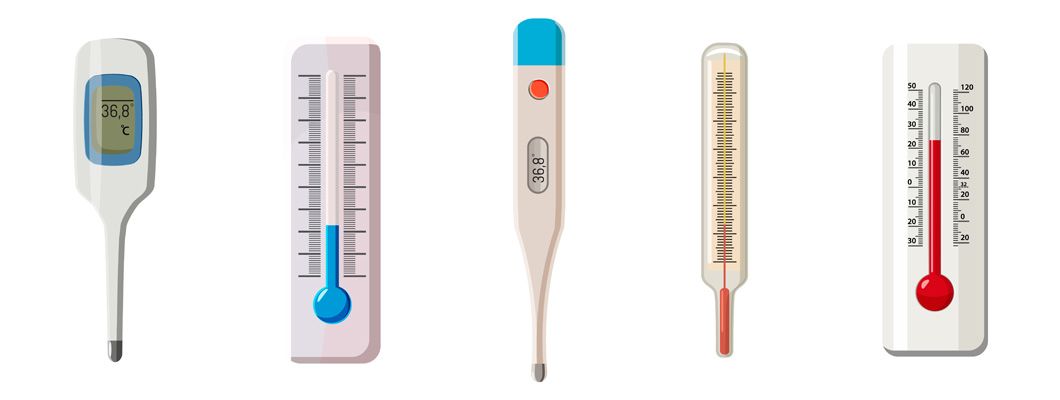
For success in the kitchen, having an accurate and precise thermometer to check temperatures is essential. Whether you’re looking to check the temperature of your freezer, your cold room, or an ingredient that you are mixing in, an inaccurate reading could lead to all sorts of problems. We’ve put together a handy guide to help you choose the correct thermometer for all occasions.
Thermocouple Readers
These are also referred to as fixed probe thermometers and are very easy to use. A thermocouple reader with thermocouple probes means that you can measure two temperatures at the same time, as they use wired probes. This is a great addition to any busy commercial kitchen as you can measure both the core temperature and the surface temperature of food at the same time, allowing you to be certain that the inside of the dish is cooked to perfection before serving it.
Non-contact Infrared Thermometer
A super way to take temperature readings without having direct contact with the food, a non-contact infrared thermometer uses rays to capture the temperature. Simply point the thermometer at the surface of the food, pull the trigger and the temperature will be recorded. This type of thermometer is slightly more expensive due to the infrared technology, but they are extremely accurate and hygienic.
Fridge and Freezer Thermometers
Most commercial fridges and freezers will have their own thermometer installed within them. However, for added reliability it’s always a good idea to have an additional one. There are two types of fridge/freezer thermometers, the simple traditional thermometer which hangs inside the unit, or a more advanced option that is connected to a sensor inside the fridge or freezer, meaning you can check the temperature without opening the door and get a truly accurate reading.
Waterproof Thermometers
With all those liquids in the kitchen, a waterproof thermometer is a great idea to measure food or liquid temperatures. If you’re serving hot drinks, you can even get specific barista thermometers designed just for that. Waterproof thermometers can also be placed inside dishwashers, so not only are they very hygienic, they can also test whether the dishwasher is getting up to the correct temperature too.
Things to Consider When Looking for a Thermometer
Here are some of the top factors that you need to consider when choosing a thermometer:
- Accuracy
Accuracy is something that should be taken very seriously. Presenting food to customers that is too hot could be dangerous as it could burn them, but food that is too cold could put them at risk from food poisoning.
Testing the accuracy of thermometers is a tricky one, as it requires comparing one against another and hoping that the results are similar. Manufacturers do have to trace accuracy using the National Institute of Standards and Technology, so standards of accuracy are very high. They advise that you reset a thermometer once a year as they do slowly lose accuracy after being exposed to a variety of different temperatures. - Speed
In a busy working kitchen, you need to be able to quickly measure the temperature of a food and move onto the next job. Electronic thermometers are usually the fastest, particularly in comparison with traditional mercury thermometers. There are a few things to consider that affect thermometer readings though: probe thickness, the distance from the probe to the unit, and the position inside the food. The best electric thermometer is one that has a thin probe and a small length of wire between the probe and the unit.
Measuring how fast a thermometer takes readings can be difficult. In general, thermometers tend to be five times slower than manufacturers’ claims, so take this into consideration when choosing a thermometer. The best thing to do is to multiply the number of seconds shown on the packaging by 5, to give you a true idea. - Precision
Precision also plays a part in thermometers. A thermometer that can read fractions of a degree, rather than just whole degrees, are a lot more precise. The more decimal points that can be seen, the better. Two digits after the decimal point means that the thermometer is recording to one hundredth of a degree. As @USDA Food Safety tweeted, no matter how much experience you have in the kitchen, colour is not an indication of doneness. You must always use a food thermometer for safety. The more precise it is, the better chance you have of cooking food to the highest standards. - Recording
For most types of cooking, recording the temperature of the food isn’t usually required. A quick reading is all that is needed. However, when you’re slow cooking meat, for example, temperatures can fluctuate throughout the cooking process. Therefore, it’s important that the meat is cooked to within a certain temperature range, in order to reduce the health risk. Most thermometers that record temperatures over a period of time can also be set to notify you if the temperature drops below a certain range. Saving a lot of time during the cooking process. - Reproducibility
This, essentially, means whether or not the thermometer can keep producing the same results time and time again. For example, if you’re trying to identify whether a liquid has reached boiling point, and the thermometer records two contrasting temperatures in a short space of time, it is unreliable. Changes in temperature like this are usually caused by the probe of the thermometer being exposed to different conditions before use. It’s best to either replace your thermometer when it gets to this stage or have it recalibrated.
So there you have it, the essential guide for choosing a thermometer for your commercial kitchen. The main thing to remember is that your choice depends on what you want to measure. There are specific fridge and freezer thermometers that are designed to read temperatures in a cooler environment. Then there are cooking and food thermometers with removable probes to prevent cross-contamination. Just be sure to choose a thermometer that is accurate, as without that you could be putting the safety of your customers at risk.

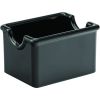
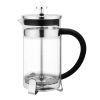
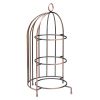
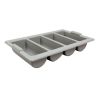

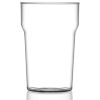

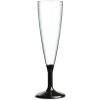


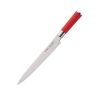


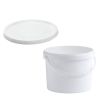
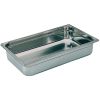
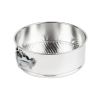
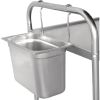
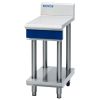
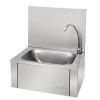
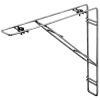
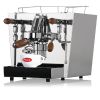
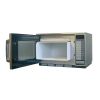
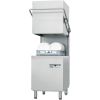
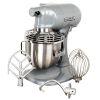
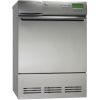

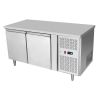
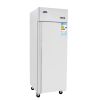
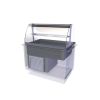
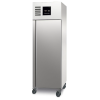

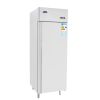


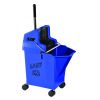

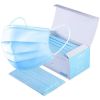



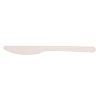

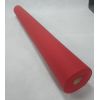
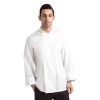

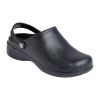

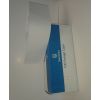

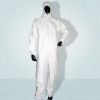

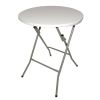
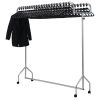
Leave a Comment